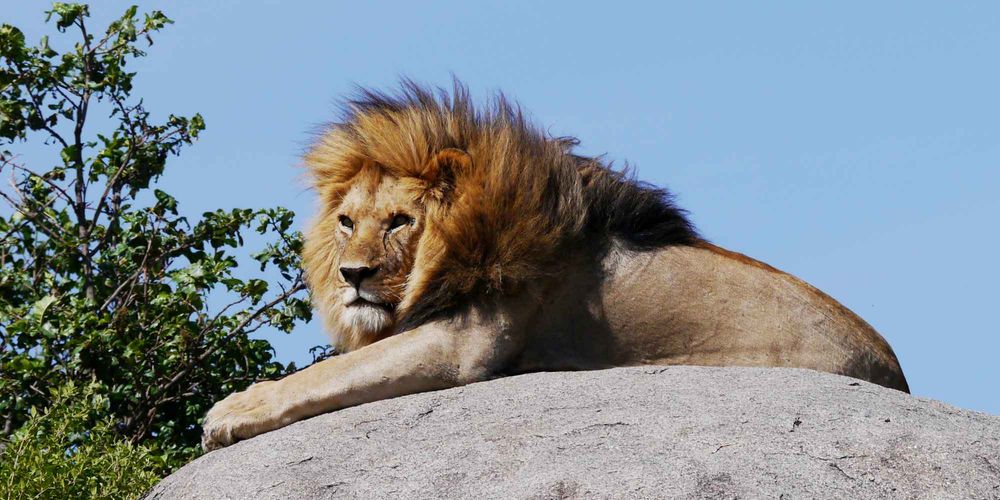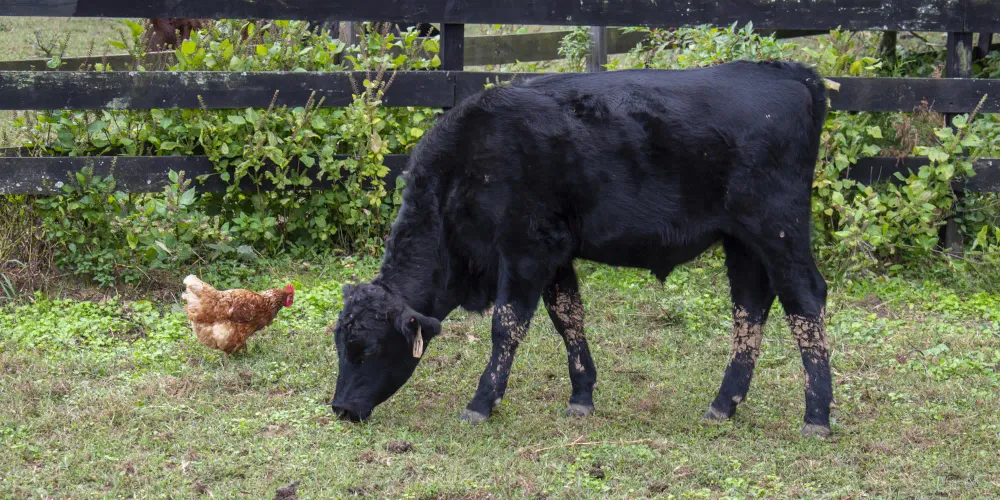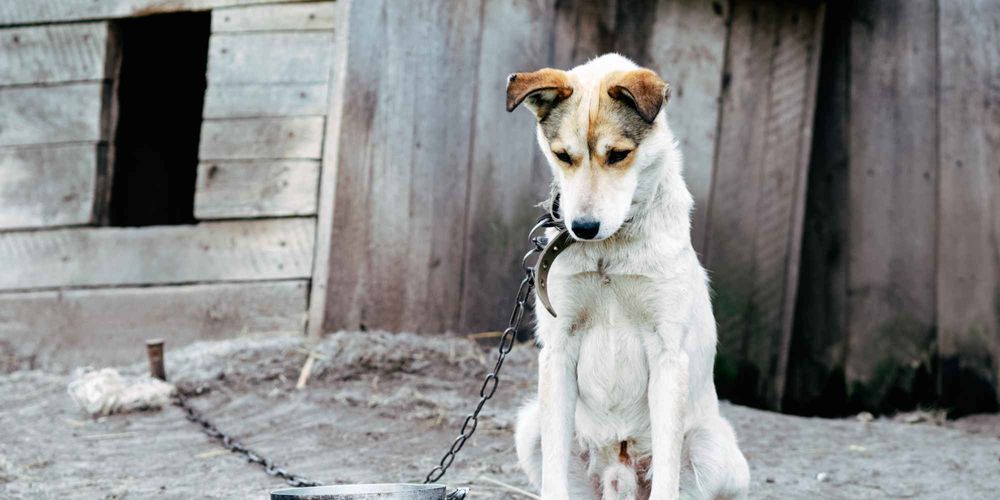Issue 65 • Week of April 16, 2023
The official theme of Earth Day 2023 is invest in our planet. The economic tone may turn off the greenest of champions but the tagline is an important recognition that living within our environment has become, for better or worse, a transaction.
Humanity's historic exploitation of nature started as a means of ensuring our survival in a competitive world. As societies grew and branched out, our ancestors upset the balance and began causing various forms of wildlife to go extinct more than 100,000 years ago. It should be of no surprise to anyone that the unfortunate trend has accelerated with the modern era, but the speed and scale is truly staggering.
Extinctions are now known to occur 1,000 times faster today – rivaling the effects of a major asteroid impact – in what is increasingly being called the Anthropocene epoch. Scientists track new population collapses on an annual basis including this ignominious index of what just disappeared for good in 2022. By the end of this century, 50% of all species could be on such a list which would be disastrous for our grandchildren.
We are finally starting to learn the extent of earlier mistakes so that we can avoid needless eradication of other species that we know are at risk, but those who care about nature are now engaged in a race to inspire widespread change in time.
How can we play a role in restoring biodiversity?
This content is only available to members
Sign up for free to read the potential solutions for this topic and find out what you can do today for a better tomorrow or pre-order our second book that will compile 100 issues on making a difference.
Unlock contentAlready have an account? Sign In



